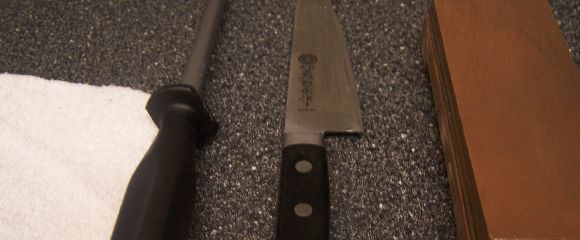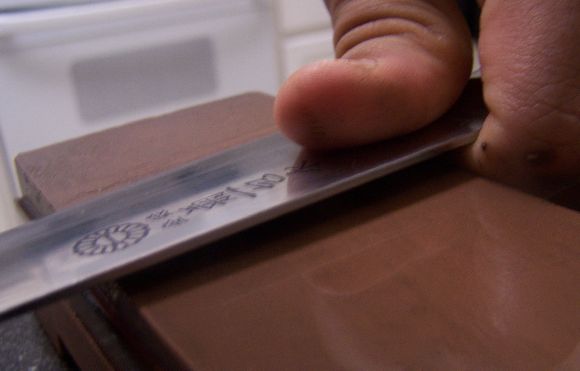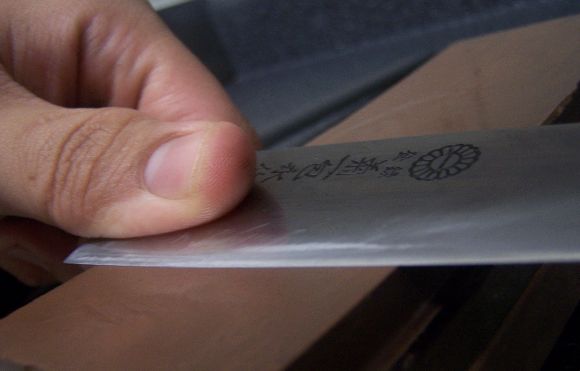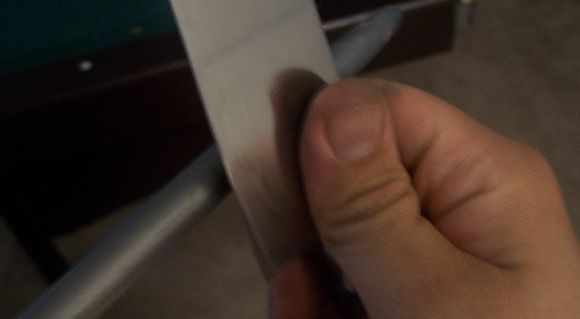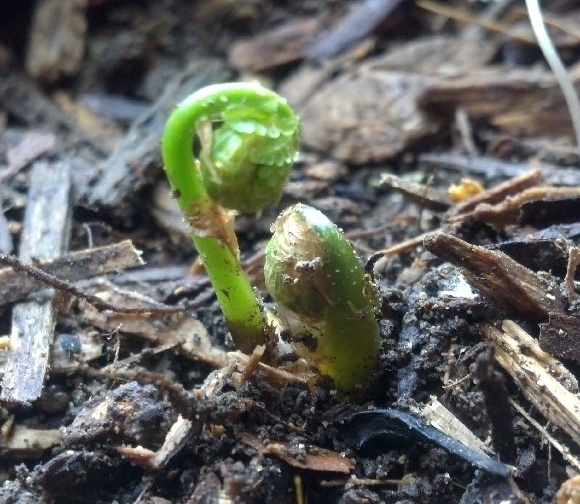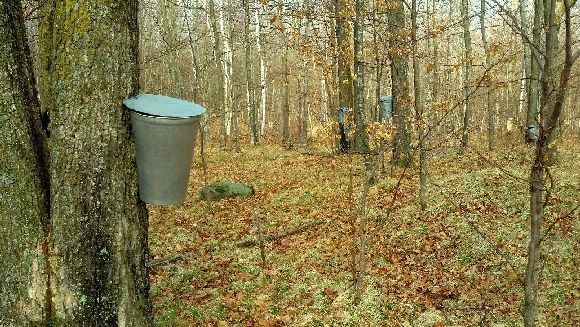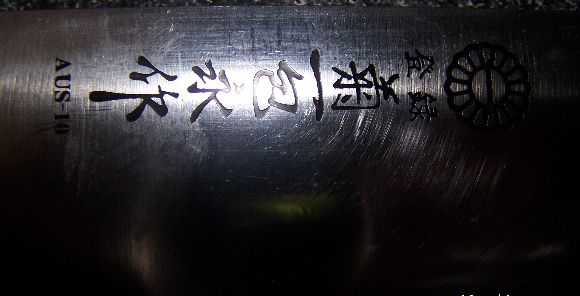
Honing Your Craft: Starting With Your Knives
There is something oddly soothing that consumes a person when they take charge and sharpen their own knives. In my mind, there is no other way to create a better connection between a chef and his cutlery, than taking the time to care for and maintain his own piece of steel. Your knives become an expression of who you are in the kitchen and how serious you are about mastering your craft; in extension your knife is a part of you and showcases the quality of work that you are capable of.
While beginning to read the book Alinea, by Chef Grant Achatz, I stumbled upon a phrase in the introductions under the heading: Postmodern Pantry; the writer inserted the old saying, “It’s a poor craftsman who blames his tools.” It was the first time I had ever read these words and I instantly became captivated, believing that if I wanted to be better, I had to make sure that my tools were in perfect condition at all times.
The Perfect Knife
I have a knife for every possible job that I may come across in a kitchen, A serrated knife, a boning knife, a birds beak paring knife, a santuko, an 8in chefs knife, a fillet knife, a utility knife, any knife I could ever need… I have. Yet there is one single knife that I have that can perform any task I might ask of it.
My knife of choice is a small Japanese Kikuichi Gyuto, measuring at six inches long. The blade is incredibly thin, but not so then that it losses strength. The handle is the perfect size for my palm, tiny but not so small that it gets lost in my paw. It is a both angle blade, with a full tang and perfectly balanced.
I have had the Knife for a little over a year, and I feel confident that I can easily dictate my wishes and the knife will obey my every command. I use my Kikuichi in almost every task from intricate knife cuts, to butchering fowl and cattle. I do my absolute best to keep my blade razor sharp, feeling accomplished only when I can shave the hair off of my forearms.
Proper Tools
Whetstone: I have a double sided 800/1400 grade Shun Whetstone, that I find to be perfect for my needs.
Honing Steel
Knife: of your personal preference.
A Rag: I like to keep a rag near by to clean my blade every so often.
Always start by soaking your stone in water, I like to let it soak for at about 15 minutes. I will submerge my stone in water then begin unpacking my knives and other tools, and set up my little work area. Once the stone has soaked, you want to place it on a damp cloth or a pedestal that will restrict the stones movement while you work. Fortunately the Shun Stone came with a very convenient platform with gripped feet that holds the stone firmly in place.
You want to have residual water on the stone when you begin, this will help create a muddy residue on the stone that creates fiction and essentially helps sharpen your knife. Never wipe your stone during the process but feel free to clean you knife. If you feel that your stone is becoming dry, drizzle water over the slab to keep the surface moist.
When holding your knife, you want to follow the natural angles of the blade, a good rule of thumb is the penny rule; Three pennies on the first side, and two pennies on the other. Simply put, you tilt your knife to any angle that would allow the blade to rest on top of three stacked pennies. On the other side of the blade, hold the knife at an angle that would allow it to rest on top of two stacked pennies. This generally gives you two perfect angles.
Once you have the perfect angle, beginning on the lower grade side of you stone, with the blade facing yourself, drag the knife away from you adding pressure to the spot that is in contact with the stone. Only drag the knife away form you. Pick it up, before returning to your starting point to insure that you don’t damage the blade or cut into the stone. Repeat this motion the length of the blade, and continue on the one side until you blade has a microscopic burr . Then flip the blade and continue on the other side until you are satisfied with your edge.
Periodically hone your knife on your Steel to get a good Idea of where you are. The Honing Steel will not sharpen you knives, it simply brings out the edge.
Flip the Whetstone to the higher graded side and repeat the same set of actions with the same angles. This will be what finishes your knife, gives it the extra fine edge. If you are sharpening you knives every 3-4 days you can completely omit the lower grade side of your Whetstone. The lower grade is more for establishing an edge, it works through the steel grinding more away as you sharpen. The higher grade is for refining your edge.
Hints
Never stay in one spot for too long, or your blade will be uneven and have an unwelcome rock to it.
Don’t every have your stone too wet or this will create an unsafe work area. If everything is slippery and wet, you don’t want your hands holding a razor sharp knife.
Using the Honing Steel will bring out the edge in your knife and is a good way to finish the upkeep on your tool.
The Upper Hand
Once you manage to learn to sharpen you knives and keep up with it, you have an advantage over any one you work with. If your knives are sharper, you are more confident in your work, and work becomes faster and easier. Point in case, Try slicing through a tomato with your knife, it will take a moment and you will finish with a squashed pile of seeds and flesh. Now take the fifteen minutes to sharpen your knife, and once again, slice through a tomato.
How was your experience? Let me know what happens in the comments below.
